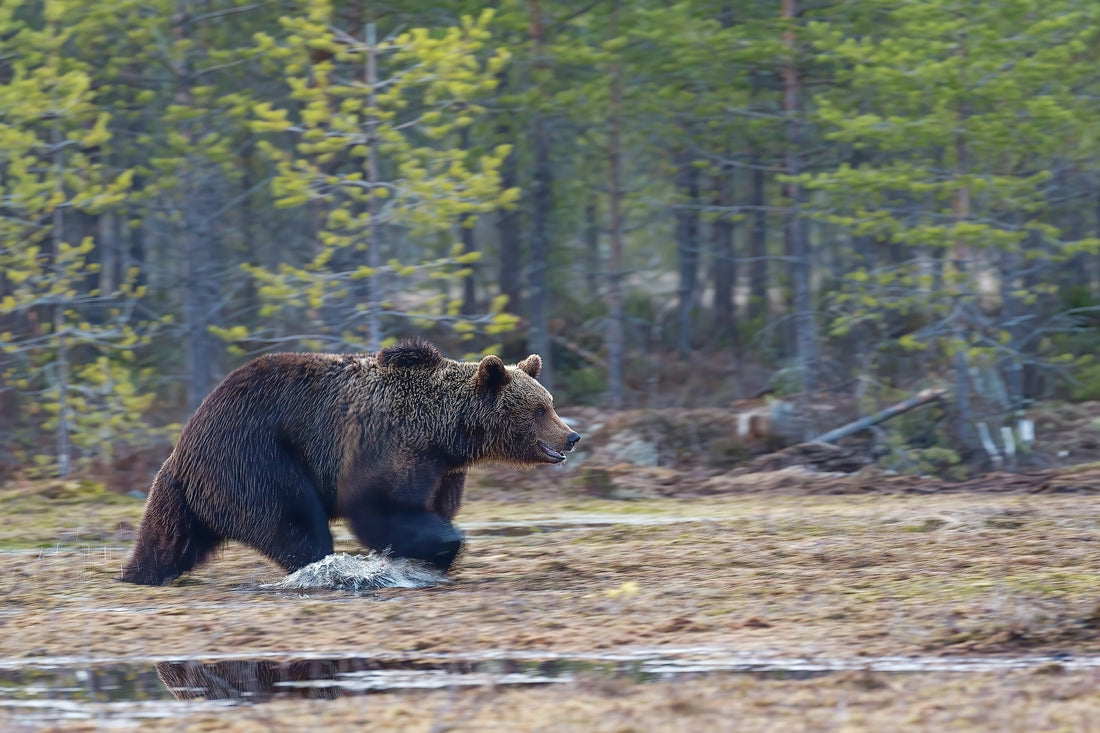As an outdoor enthusiast who loves to bring their furry friend along for the adventure, it's important to be prepared for the unexpected. One potential hazard that many pet owners may encounter on the trail is wildlife. From bears to coyotes to snakes, it's crucial to know how to react if you and your pet come across an animal in the wild. Here's a guide to pet safety in case of a wildlife encounter:
-
Keep your pet on a leash: One of the most important things you can do to prevent a wildlife encounter is to keep your pet on a leash. This not only keeps your pet from chasing or disturbing wildlife, but also helps to prevent them from running away if they become scared.
-
Stay alert: Be aware of your surroundings and keep an eye out for any signs of wildlife, such as tracks or droppings. If you're in an area known for certain types of animals, do some research beforehand to learn about their behavior and habitat.
-
Make noise: When hiking in areas with dense vegetation or limited visibility, make noise to alert wildlife of your presence. Clap your hands, talk loudly, or use a bell on your pet's collar to make noise.
-
Back away slowly: If you come across an animal, don't panic. Back away slowly, keeping your pet on a tight leash. Avoid turning your back on the animal or running away, as this could trigger a chase response.
-
Know when to stand your ground: In some cases, such as with a bear or mountain lion, it may be necessary to stand your ground and make yourself appear bigger and more intimidating. Use loud noises and aggressive body language to scare the animal away.
-
Carry bear spray: If you're in an area known for bears, carrying bear spray can be a lifesaver. Make sure you know how to use it properly, and keep it easily accessible.
-
Seek medical attention: If your pet is bitten or scratched by a wild animal, seek medical attention immediately. Some wildlife can transmit diseases, such as rabies or Lyme disease, that can be dangerous to both pets and humans.
By following these simple guidelines, you can help to keep yourself and your furry friend safe in case of a wildlife encounter. Remember, prevention is key, so always be aware of your surroundings and take steps to minimize your risk of encountering wildlife on the trail.

